The three
noteworthy lakes, Rajbaugh, Milak talao and Padam talao draw in an assortment
of transitory fowls. The lakes are secured with pink lotuses on which the
sambar deer frequently sustain. The green edges are frequented by chitals, wild
pigs and different ungulates. The Marsh crocodiles luxuriate on the shores, the
Tigers are regularly waiting to pounce at the peripheries. The recreation
center is studded with little secured structures, antiquated summer royal
residences and disintegrating monitor posts that bear quiet declaration of
Rajput Kingdoms and fights long overlooked. Imposingly approaching over the
National stop is the Ranthambhore Fort, in itself a noteworthy
vacation spot. Alternate creatures which you are certain to experience are Leopard,
sloth brew, Marsh Crocodile, sambar, Chital, Nilgai (blue bull), Wild pig,
Chinkara, Jackals, Hyena, Peafowl, Tree Pies, Parakeets, Robins, Painted
storks, Sandpipers, and Plovers. In all there are more than 300 types of winged
creatures. Call Us At 9414726616
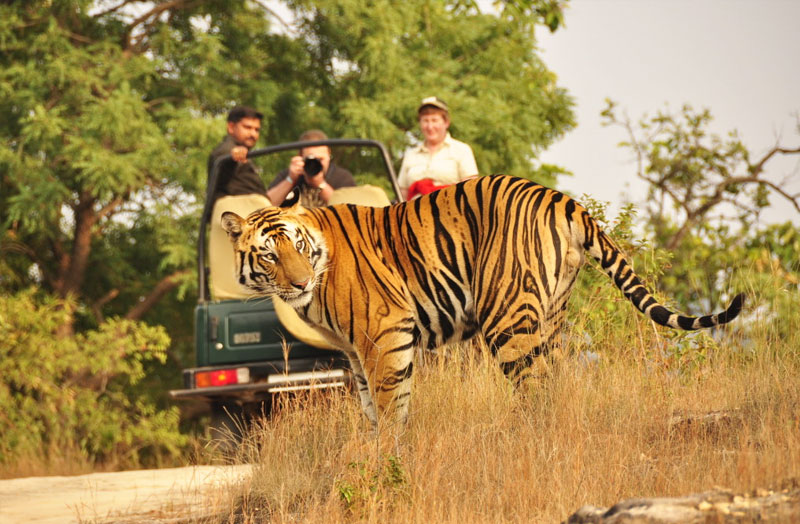
Ranthambhor
National Park, before a princely game conserve is the scene where the
celebrated Indian Tiger is best seen. Ranthambhor Tiger Reserve lies
on the junction of Aravali and Vindhyas just 14 Kms from Sawai Madhopur in
Eastern Rajasthan. It sprawls over a varying and undulating landscape. The
scenery changes dramatically from gentle and steep slopes of the Vindhyas and
sharp and conical hills of the Aravali. A tenth century fort also blends
amicably with the background. Pure sands of Dhok (Anogeissus pendula)
interspersed with grasslands at the plateaus, meadows in valleys and luxuriant
foliage around the canals make the jungle. Three big lakes - Padam Talab
(meaning Lake), Malik Talab and Raj Bagh - are similar turquoises studded in
the vast forest that abounds with aquatic vegetation including duckweeds,
lilies and lotus. Call Us At 9414726616
A significant geological feature within the park is the 'Great Boundary Fault' where the Vindhaya plateau meets the Aravali range. The Rivers Chambal in the South and the Banas in the North bound the National Park. The park is dotted with steep rocky hills and the dominating architecture of Ranthambhor Fort (built in the 10th century), adds to its landscape. The rugged park terrain alternates between dry deciduous forest, open grassy meadow, dotted by several lakes and rivers that are only made passable by rough roads built and maintained by the Forest Service.
The tiger is not the only attraction at Ranthambhor although it is the one park resident that people come to see. A variety of birds including Owlets, the ubiquitous Langur (monkey), Leopard, Caracal, Hyena, Jackal, Jungle Cat, marsh Crocodiles, Wild Boar, Bears and various species of Deer are the other attractions. Call Us At 9414726616
Ranthambhor is plagued by the typical problems encountered by all game reserves in India - people living in and around the parks and grazing by livestock! Between 1976-1979, 12 villages within Ranthambhor National Park were resettled outside the designated park area with only a few people now residing in scattered hamlets within the park. Of course poachers continue their activities with increasing demand from China for Tiger parts. There are no accurate figures on how many tigers and poachers kill other species, but on occasion evidence appears in the form of large numbers of skins and other body parts found on couriers. The park is well staffed and the folk who man the centres and the mandatory guides - one for every vehicle, are knowledgeable of the terrain and some even know the Latin names of most species. Call UsAt 9414726616
The tiger is not the only attraction at Ranthambhor although it is the one park resident people come to see. We were lucky to see several varieties of birds including these owlets peering through their burrow pictured here on the right and of course the ubiquitous langur monkey. Other animals in the reserve include leopard, caracal, hyena, jackal, jungle cat, marsh crocodiles, wild boar, bears and various species of deer. The main food source for the tiger is the swamp deer like Barasinsga and on occasion the wild buffalo and also wild boar etc. If you wish to stay near the park, the facilities on offer are superb. The park gates open a half hour before sunrise and close half hour after sunset. The timings are vigorously imposed and no exceptions are made to this rule.
Area details Total area: 392.5 sq. kms. Ranthambore National Park (core) 274.50 sq. kms. Buffer area to Ranthambore National Park 118.00 sq. kms.
A significant geological feature within the park is the 'Great Boundary Fault' where the Vindhaya plateau meets the Aravali range. The Rivers Chambal in the South and the Banas in the North bound the National Park. The park is dotted with steep rocky hills and the dominating architecture of Ranthambhor Fort (built in the 10th century), adds to its landscape. The rugged park terrain alternates between dry deciduous forest, open grassy meadow, dotted by several lakes and rivers that are only made passable by rough roads built and maintained by the Forest Service.
The tiger is not the only attraction at Ranthambhor although it is the one park resident that people come to see. A variety of birds including Owlets, the ubiquitous Langur (monkey), Leopard, Caracal, Hyena, Jackal, Jungle Cat, marsh Crocodiles, Wild Boar, Bears and various species of Deer are the other attractions. Call Us At 9414726616
Ranthambhor is plagued by the typical problems encountered by all game reserves in India - people living in and around the parks and grazing by livestock! Between 1976-1979, 12 villages within Ranthambhor National Park were resettled outside the designated park area with only a few people now residing in scattered hamlets within the park. Of course poachers continue their activities with increasing demand from China for Tiger parts. There are no accurate figures on how many tigers and poachers kill other species, but on occasion evidence appears in the form of large numbers of skins and other body parts found on couriers. The park is well staffed and the folk who man the centres and the mandatory guides - one for every vehicle, are knowledgeable of the terrain and some even know the Latin names of most species. Call UsAt 9414726616
The tiger is not the only attraction at Ranthambhor although it is the one park resident people come to see. We were lucky to see several varieties of birds including these owlets peering through their burrow pictured here on the right and of course the ubiquitous langur monkey. Other animals in the reserve include leopard, caracal, hyena, jackal, jungle cat, marsh crocodiles, wild boar, bears and various species of deer. The main food source for the tiger is the swamp deer like Barasinsga and on occasion the wild buffalo and also wild boar etc. If you wish to stay near the park, the facilities on offer are superb. The park gates open a half hour before sunrise and close half hour after sunset. The timings are vigorously imposed and no exceptions are made to this rule.
Area details Total area: 392.5 sq. kms. Ranthambore National Park (core) 274.50 sq. kms. Buffer area to Ranthambore National Park 118.00 sq. kms.
Tiger
The
tiger (Panthera tigris) is a member of the Felidae family
and the largest and possibly most dangerous of the four "big cats" in
the genus Panthera. Native to much of eastern and southern Asia, the tiger is
an apex predator and an obligate carnivore. Reaching up to 3.3 metres (11 ft)
in total length, weighing up to 300 kilograms (660 pounds), and having canines
up to 4 inches long, the larger tiger subspecies are comparable in size to the
biggest extinct felids. Aside from their great bulk and power, their most
recognizable feature is a pattern of dark vertical stripes that overlays
near-white to reddish-orange fur, with lighter underparts. The most numerous
tiger subspecies is the Bengal tiger while the largest subspecies is the
Siberian tiger. [Ranthambore Tigers]. Call Us At 9414726616
Tigers have a
lifespan of 10-15 years in the wild, but can live longer than 20 years in
captivity. They are highly adaptable and range from the Siberian taiga, to open
grasslands, to tropical mangrove swamps. They are territorial and generally
solitary animals, often requiring large contiguous areas of habitat that
support their prey demands. This, coupled with the fact that they are
indigenous to some of the more densely populated places on earth, has caused
significant conflicts with humans. Of the nine subspecies of modern tiger,
three are extinct and the remaining six are classified as endangered, some
critically so. The primary direct causes are habitat destruction and
fragmentation, and hunting. Their historical range once stretched from
Mesopotamia and the Caucasus through most of South and East Asia. Today it has
been radically reduced. While all surviving species are under formal
protection, poaching, habitat destruction and inbreeding depression continue to
threaten the species.
Tigers are among the most recognizable and popular of the world's charismatic megafauna. They have featured prominently in ancient mythology and folklore, and continue to be depicted in modern films and literature. Tigers appear on many flags and coats of arms, as mascots for sporting teams, and as the national animal of several Asian nations, including India. Call Us At 9414726616
Tigers are among the most recognizable and popular of the world's charismatic megafauna. They have featured prominently in ancient mythology and folklore, and continue to be depicted in modern films and literature. Tigers appear on many flags and coats of arms, as mascots for sporting teams, and as the national animal of several Asian nations, including India. Call Us At 9414726616
[Ranthambore
Jeep Safari]
Scientific Name : Panthera Tigris
Remaining subspecies : Bengal(P.t. Tigris), South China(P.t. amoyenis), Siberian(P.t. altaica), Sumatran(P.t.sumatrae), Indo-Chinese(P.t. corbetti)
Weight : 65-306 Kgs depending on subspecies and sex.
Length : 1.9-3.3 m, from nose to trip of tail.
Life Span : 15-18 yrs in the wild.
Gestation Period : 98-108 Days
Litter Size : 1-4 Cubs in the wild
Habitats : Forestes, dense vegetation and Swamps.
Past Population
Size : Over 100,000 worldwide.
Current Population
Size : Around 6,000 worldwide.
Current Indian
Population : 1300-1500
Remaining subspecies : Bengal(P.t. Tigris), South China(P.t. amoyenis), Siberian(P.t. altaica), Sumatran(P.t.sumatrae), Indo-Chinese(P.t. corbetti)
Weight : 65-306 Kgs depending on subspecies and sex.
Length : 1.9-3.3 m, from nose to trip of tail.
Life Span : 15-18 yrs in the wild.
Gestation Period : 98-108 Days
Litter Size : 1-4 Cubs in the wild
Habitats : Forestes, dense vegetation and Swamps.
Past Population
Size : Over 100,000 worldwide.
Current Population
Size : Around 6,000 worldwide.
Current Indian
Population : 1300-1500
Leopard (Panthera pardus)
Also
known as panther, a typical leopard from the Indian peninsula is a
sleek, shorthaired animal with a fulvous or bright fulvous coat marked with
small close-set black rosettes. The Indian leopard ranges over the whole
country. It frequently hunts by day. It will kill and eat anything it can
safely overpower: Cattle, dear, monkeys etc. The eopard is often killed for its
beautiful coat. I Ranthambhore, it keeps away from the tiger and stickes to the
cliffs and escarpments. A good place to watch out for leopards is just before
you enter and exit the park on tops of cliff that rise above entrance. CallUs At 9414726616
Sambar (Cerves unicolor)
The Sambar is
the largest India deer and carries the grandest antlers. Its coat, which is
coarse and shaggy, forms a mane about the neck and throat of stags. The general
color is brown with yellowish or grayish tinge. Females are lighter in color.
They feed mainly at night and their food consists of grass, leaves and various
kinds of fruits. Sambar takes to water readily and often swim with the body
submerged and only the face and antlers showing above the surface. In
anhambhore they number 5000-8000and are one of the most important prey species
for the tiger. Call Us At 9414726616
Wild
Boar (Sus Scrofa)
The Indian wild
boar has a sparser coat and a fuller crest of black bristles reaching
from the nape down the back than other varieties. Newborn wild pigs are born
with light or black stripes. They are omnivorous, living on crops, roots,
tubers, insects, snakes. They feed early in the morning and late in the
evening. Their sense of smell is acute, the eyesight and hearing moderate. The
male wild boar has tusks. Good population of wild boar roam Ranthambhore and
young piglets are favorite food of tigers and leopards. He tuskers can fight
off and even chase a tiger away. Call Us At 9414726616
Nilgai (Boselophus
tragocamelus)
The Nilgai is
th largest antilope found in India. It is also known as blue bull because when
sunlight falls on the grey coat of male nilgai it gives it a tinge of blue
color. It is a great ungainly animal, somewhat horse like in build, with high
withers and a low rump. They feed till late in the morning and then again early
in the evening. They have the habit of resoting to the same spot to deposit
their droppings, forming in this way considerable accumulations. They are found
in lesser numbers than sambar or chital in Ranthambhore and frequent the open
grassy examples. Call Us At 9414726616
Crocodile (Crocodytus
palustris)
The
shape of the body follows the generalized reptilian pattern of long body with
short limbs. The skin of the back and tail is armoured with bony plates.
Crocodilians teeth are shed and replaced every year. Their sense of sight,
smell and hearing are well developed. It inhabits rivers, lakes and other large
water bodies in the plains and up to 600m in the hills throughout the Indian
subcontinent. It is an excellent swimmer. On land, it rests on its belly, but walks
and runs with the body well off the ground. It hunts more or less exclusively
in water. Call Us At 9414726616
Common Langur (Presbytis
entellus)
Also
known as hanuman monkey, it is a long limbed, long tailed, black
faced monkeys, seen as about towns and villages as in forests in India. Langurs
are pure vegetarians. They eat wild fruits, flowers, buds, shoots and leaves.
They occasional pillage gardens and cultivation, but are not such habitual
raiders. The inveterate enemy of langur is the leopard but on the ground they
are also attacked by tigers. Call Us At 9414726616
Jungle Cat (Felis chaus)
It is
the size of a domestic act and lives on rodents and birds. It is quite common
in Ranthambhore but you need to peel away the larger shapes
and try and find it behind a bush or at the edge of a grassy verge. Call UsAt 9414726616
Sloth Bear (Melursus
ursinus)
The sloth
bear has an elongated muzzle and lower lip, long unkempt hair and
short hind legs and is the most untidy of all bears. It comes out shortly
before sunset, hunt for food all night and retires in the morning. Their food
consists mainly of fruits and insects and they also like honey. Sloth Bear are
hunted for their bile, which is considered to have medicinal properties. In
Ranthambhore the Sloth Bear is known to chase away the tiger but big male
tigers are sometimes able to kill them. Call Us At 9414726616
Chinkara or Indian Gazelle
(Gezella bennetti)
The
most delicate and elegant member of the antelope family, the
Indian gazelle can go for long periods of time without water and gets its
moisture from the dew on the grass and leaves. In Ranthambhore its number are
less than 1000 and it is seen infrequently. Call Us At 9414726616
Caracal (Felis caracal)
One of
the rarest species of cat family to be found in India. Ranthambhore is probably
one of the best places to see it if you are lucky. Its about double the size of
the jungle cat and can attack baby deer and anything small that moves. A tuft
of hair on the tips of its ears makes it distinctive. Call Us At 9414726616
Jackal (Canis
aureus)
The jackal long drawn, eerie howling at dusk or
just before dawn is perhaps more familiar to most people than animal itself.
The color of the coat varies with season and locality. Typically, it is a
mixture of black and white washed with buff around the shoulders, ears and
legs. Jackals usually come out at dusk and retire at dawn. They do good work in
clearance of carcasses and offal. Call Us At 9414726616
* Ranthambhore Park safari by Jeep/Canter
(Open Bus),
* Provide Knowledgeable English-Speaking Guide/Naturalist
* Excursion to Ranthambhore Fort (with guide)
* Black Buck sight seeing
* Camel Ride
* Village Tour
* Transport arrangements to any part of Rajasthan by A.C., non A.C. Car.
* Railway Ticketing
* Accommodation arranged at hotel of your choice in Ranthambhore.
* Provide Knowledgeable English-Speaking Guide/Naturalist
* Excursion to Ranthambhore Fort (with guide)
* Black Buck sight seeing
* Camel Ride
* Village Tour
* Transport arrangements to any part of Rajasthan by A.C., non A.C. Car.
* Railway Ticketing
* Accommodation arranged at hotel of your choice in Ranthambhore.
* Hotel In Ranthambore
* Budget Hotel In Ranthambore
* Luxury Hotel In Ranthambore
* Deluxe Hotel In Ranthambore
* Canter Safari In Ranthambore
* Jeep Safari In Ranthambore
* Safari In Ranthambore
* Tiger In Ranthambore
* Budget Hotel In Ranthambore
* Luxury Hotel In Ranthambore
* Deluxe Hotel In Ranthambore
* Canter Safari In Ranthambore
* Jeep Safari In Ranthambore
* Safari In Ranthambore
* Tiger In Ranthambore
Contact us
Contact Person : Vishnu Singh Rathor
Address: Plot No 21, Virat Nagar Colony, Mantown Sawai Madhopur, Rajasthan -322 001, India
Mobile No. : +91- 9414726616
Email Id : vishnuswm2006@yahoo.co.in
Contact Person : Vishnu Singh Rathor
Address: Plot No 21, Virat Nagar Colony, Mantown Sawai Madhopur, Rajasthan -322 001, India
Mobile No. : +91- 9414726616
Email Id : vishnuswm2006@yahoo.co.in
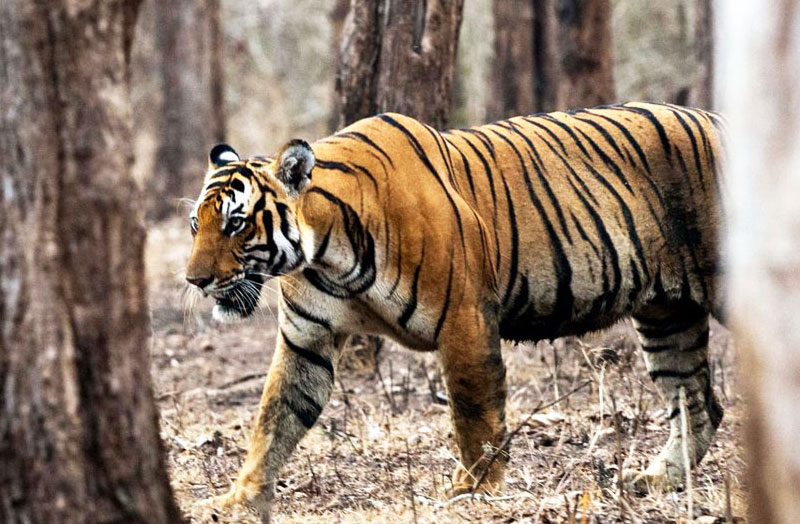

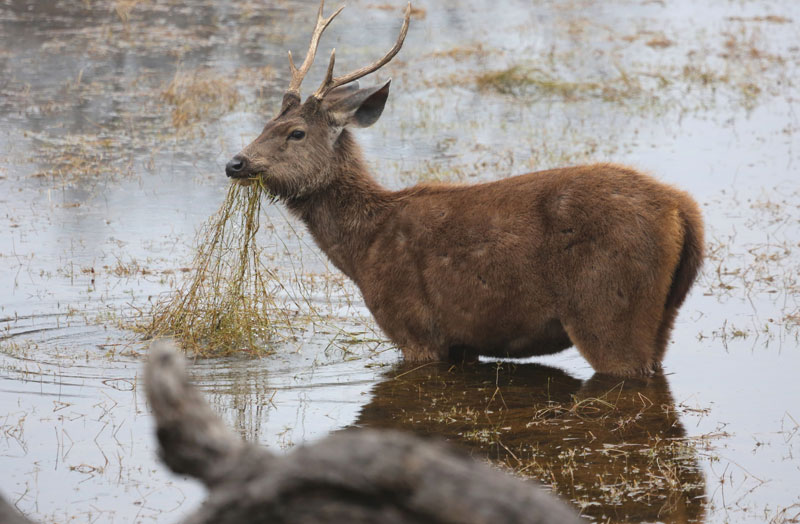
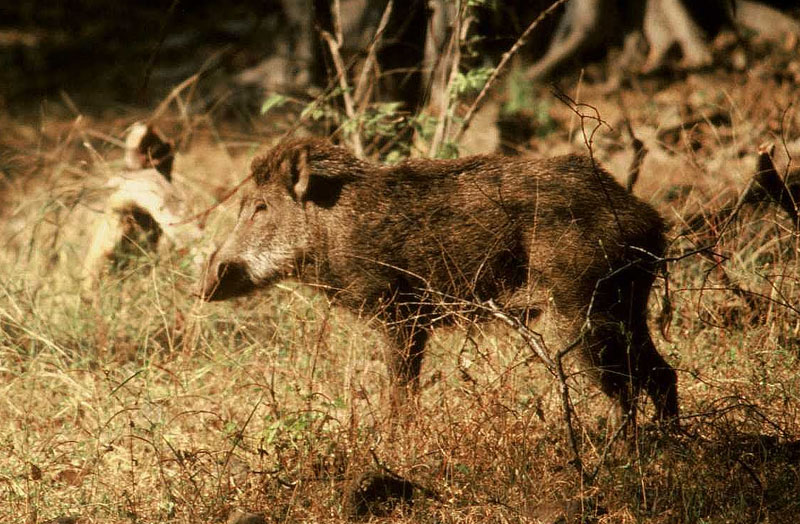
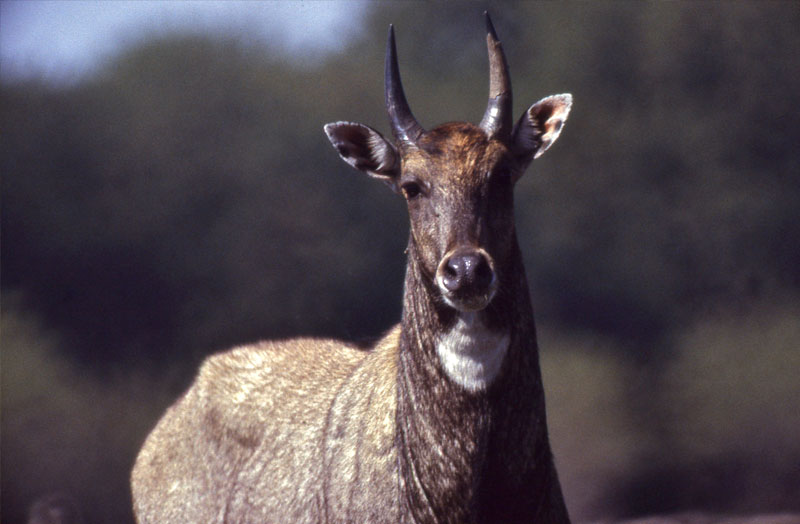

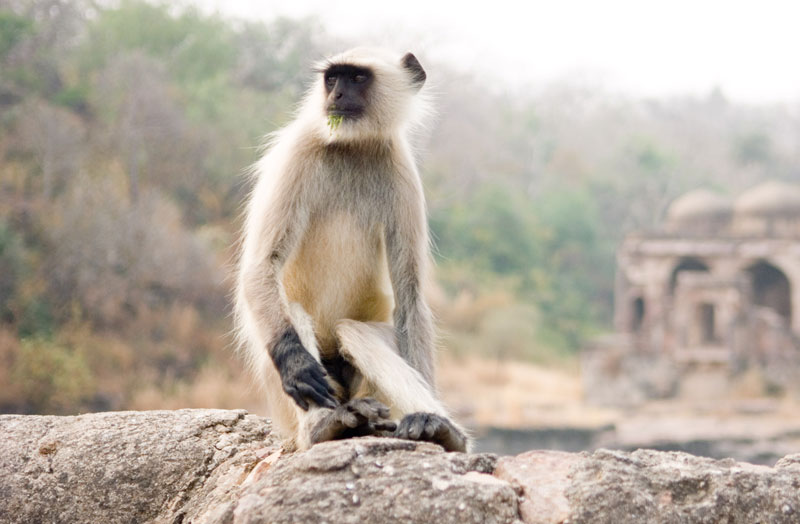
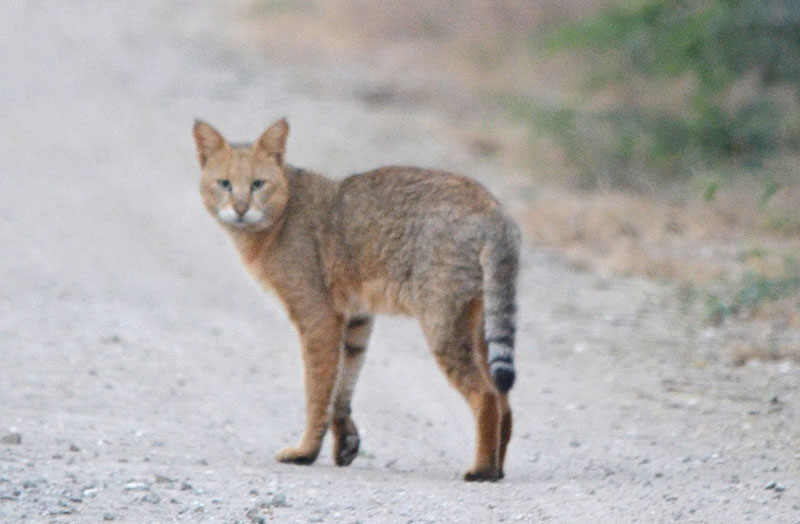
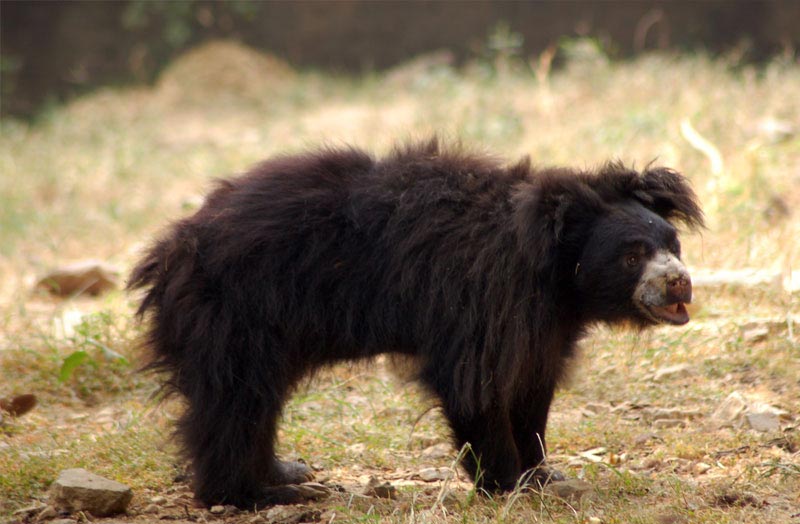
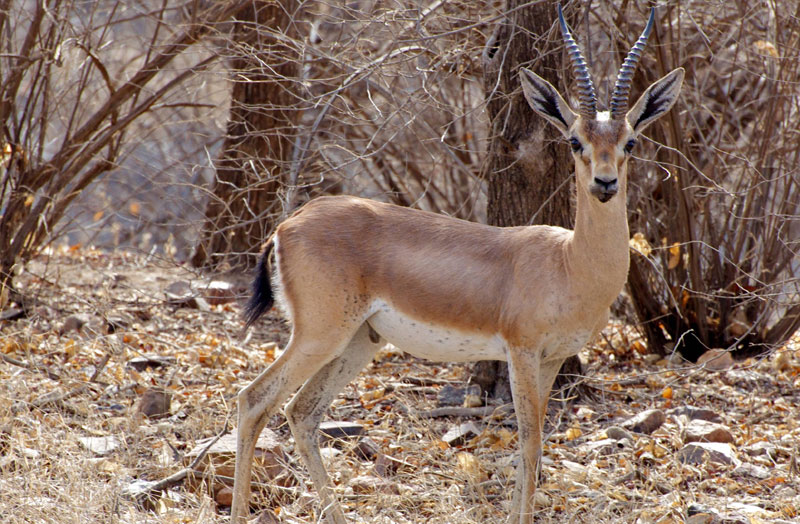
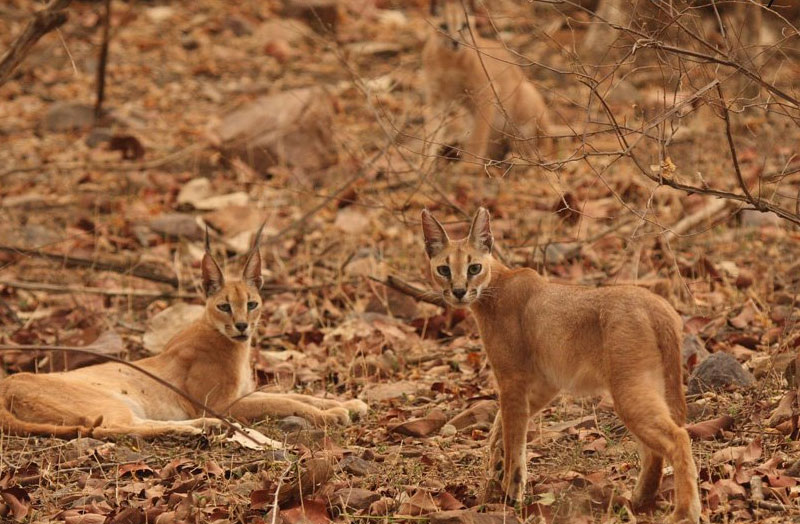
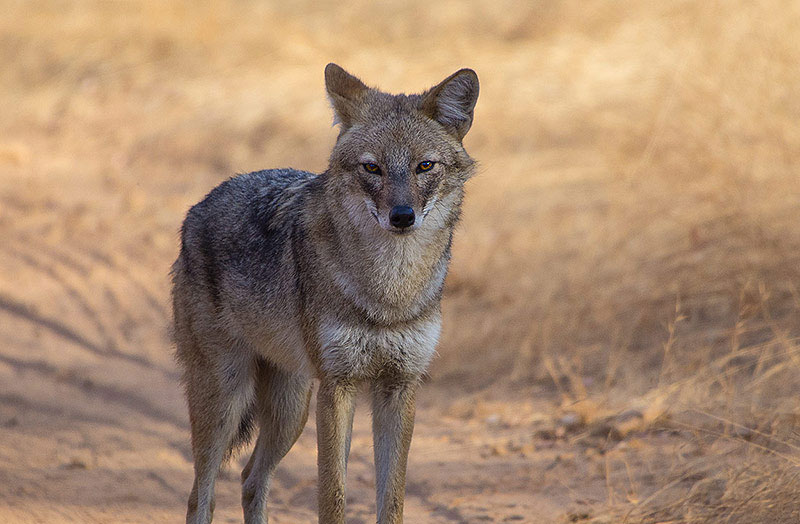
No comments:
Post a Comment